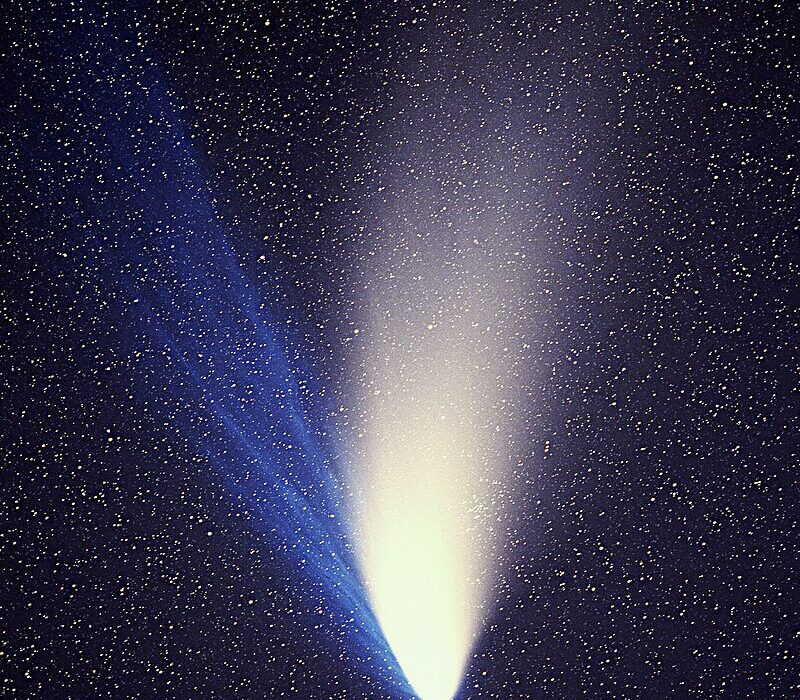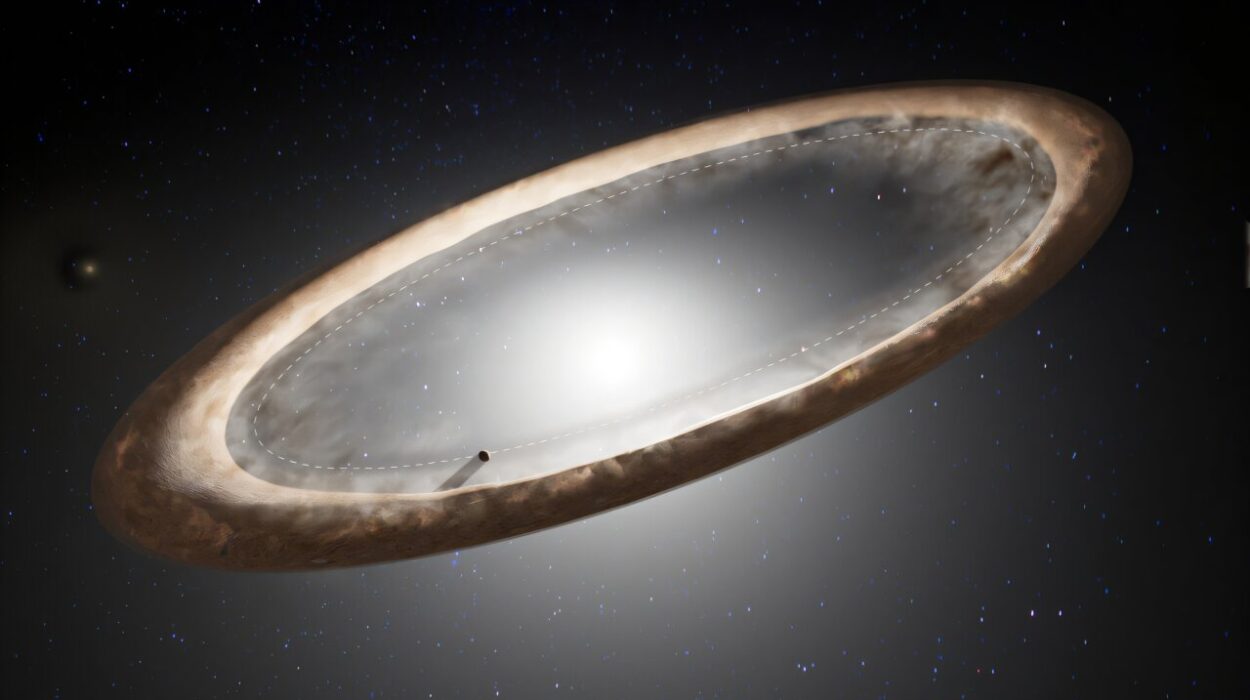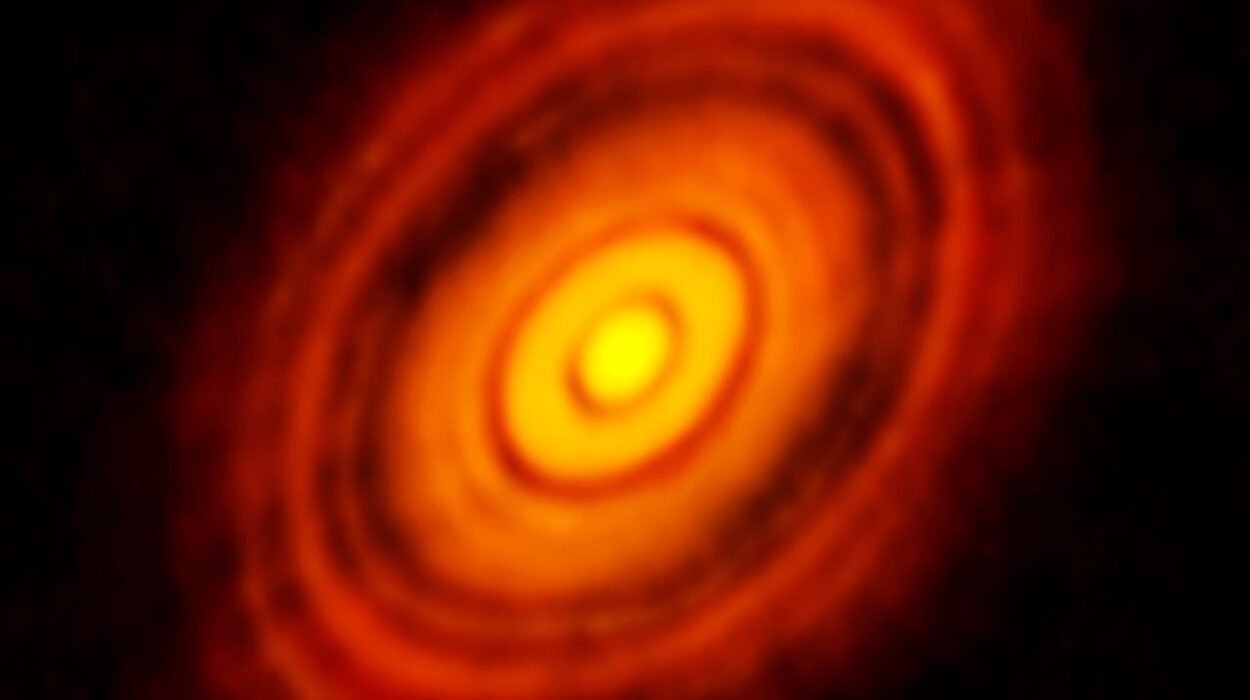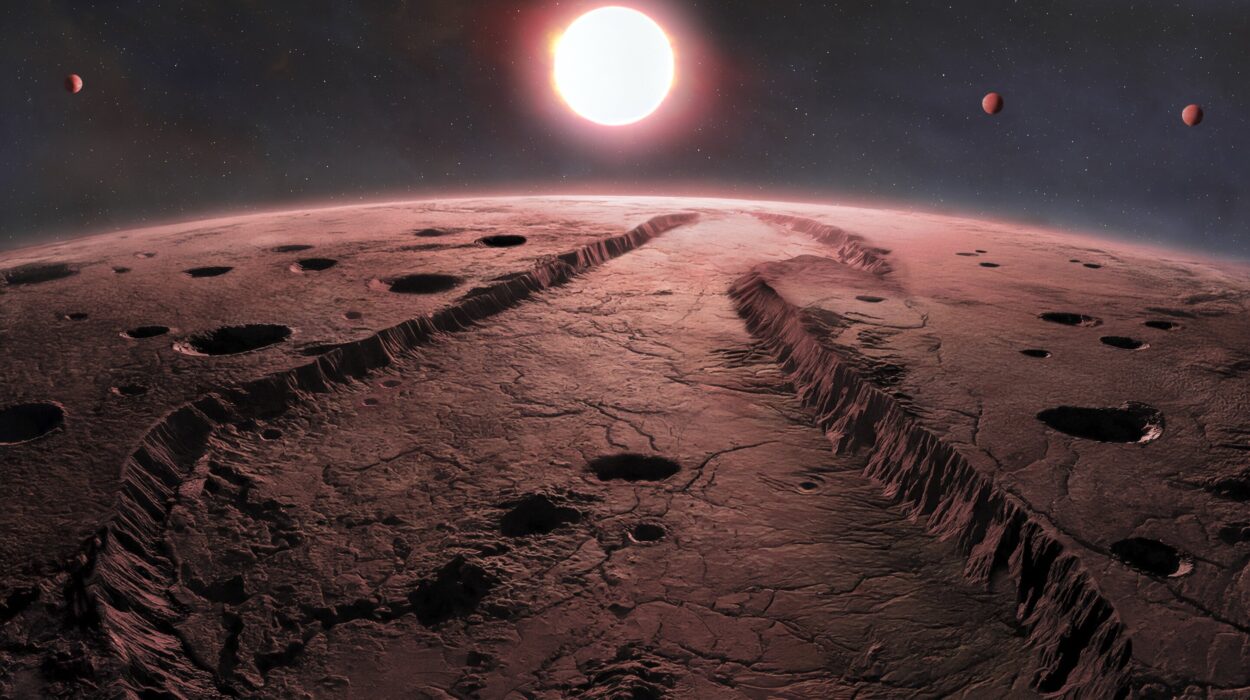From 22 million light-years away, nestled in the constellation Cetus—the Whale—there spins a galaxy so delicate and faint it nearly hides from view. NGC 45, a spiral galaxy with feathery arms, was captured in striking detail by the NASA/ESA Hubble Space Telescope. At first glance, it looks like a quiet cousin of the grand spirals we know well, such as Andromeda or the Milky Way. But NGC 45 is not ordinary. It belongs to a rare, elusive class of galaxies that reveal more about what we cannot see in the universe than what we can.
Hubble’s image peels back the veil of this fragile-looking system, showing spiraling streams of starlight, soft dust lanes, and glowing patches of pink where new stars are being born. What makes the portrait extraordinary is not only its beauty but also what it teaches us about one of the universe’s biggest mysteries—how galaxies grow and evolve over cosmic time.
A Window Into Star Birth
The image of NGC 45 was pieced together from two ambitious observing programs. The first surveyed 50 nearby galaxies in multiple wavelengths—from ultraviolet to near-infrared—providing astronomers with a sweeping look at how stars form across different galactic environments. The second program zoomed in on a particular wavelength of deep red light called H-alpha, which acts like a cosmic fingerprint for star formation.
In galaxies, massive young stars emit powerful radiation that excites nearby hydrogen gas, causing it to glow with the distinctive red H-alpha signature. These regions stand out as glowing pink-red nebulae, sprinkled across the spiral arms of NGC 45 like campfires against the night. Every one of those glowing patches is a nursery of creation, where gravity pulls gas and dust together until new suns are born. For astronomers, H-alpha is a direct beacon of stellar youth.
The Strange World of Low Surface Brightness Galaxies
Though beautiful, NGC 45 is unusual. It is what astronomers call a low surface brightness galaxy—a galaxy so faint that its overall glow is dimmer than the night sky itself. If you were searching the heavens with your eyes or even a modest telescope, you would probably miss it. Unlike bright spiral galaxies that sparkle with billions of stars, NGC 45 spreads its stars thinly, like a handful of glitter scattered across a vast, dark canvas.
This faintness is not because NGC 45 lacks material. In fact, galaxies like it contain enormous amounts of gas and dark matter—the unseen scaffolding that holds galaxies together. The puzzle is that, for reasons still being unraveled, they have failed to convert much of that raw material into stars. They are like half-finished galaxies, carrying the ingredients for brilliance but keeping them in reserve.
The discovery of this class of galaxies in 1986 came as a shock. For decades, astronomers believed we had cataloged most of the galaxy types in the universe, from giant ellipticals to grand spirals. Yet the faint glow of low surface brightness galaxies had escaped notice, hidden in plain sight. Today, scientists estimate that between 30% and 60% of all galaxies may belong to this ghostly category. If true, that means the universe is filled with far more hidden galaxies than the luminous ones we normally see.
What NGC 45 Reveals About the Universe
Studying galaxies like NGC 45 is not just an exercise in curiosity—it is essential for piecing together the cosmic story. Galaxies are the building blocks of the universe, the places where stars, planets, and eventually life take shape. If a significant fraction of galaxies are faint and underdeveloped, then our models of how galaxies form and evolve must account for this hidden population.
Low surface brightness galaxies also deepen the mystery of dark matter. Because they are dim in stars, their dynamics are dominated by the unseen gravitational pull of dark matter. When astronomers measure how stars and gas move in galaxies like NGC 45, the motions reveal that there must be far more mass present than what we can see. In this way, faint galaxies serve as natural laboratories for probing the invisible matter that makes up most of the universe.
NGC 45 also helps answer questions about isolation and environment. Some galaxies grow rapidly through collisions and mergers, blazing with starbursts. Others, like NGC 45, appear to live quieter lives, slowly and sparsely forming stars. Understanding why different galaxies take such divergent evolutionary paths is a central challenge in modern astronomy.
A Universe That Hides in Plain Sight
There is a poetic irony in NGC 45. To the casual observer, it looks soft and almost unremarkable, a whisper of starlight lost in the sea of space. Yet within that whisper lies a story of cosmic abundance and mystery. Its faintness is not emptiness, but a reminder that much of the universe’s richness is hidden from direct view.
The Hubble Space Telescope, with its unrivaled ability to see across wavelengths, has given us more than just a picture—it has revealed a galaxy that embodies the hidden side of the cosmos. In doing so, it reminds us that astronomy is not only about finding what shines brightly but also about uncovering what lurks in the dimmest corners of the night sky.
The Endless Quest
NGC 45 is just one galaxy among billions, but it represents an entire hidden population. As astronomers continue to map the heavens with ever more powerful telescopes—including the James Webb Space Telescope and future observatories—they will peel back the layers of this cosmic invisibility cloak. Each discovery will refine our understanding of how galaxies live, die, and scatter their stars into the great tapestry of the universe.
In the end, NGC 45 is a quiet but profound teacher. It whispers that the universe is not always what it seems, that much of reality is faint, elusive, and waiting patiently to be revealed. And in listening to that whisper, we step closer to answering humanity’s oldest question: how did everything come to be?






